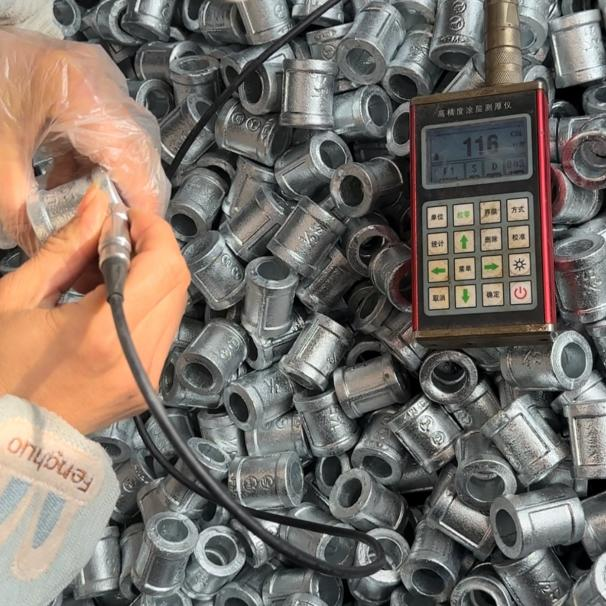Jul. 16, 2024
In the realm of metal protection and corrosion resistance, zinc coating stands out as a crucial process. The ISO standard for zinc coating, known as ISO 1461:2009, plays a pivotal role in ensuring the quality and consistency of hot-dip galvanized coatings on iron and steel articles. This standard, titled "Hot dip galvanized coatings on fabricated iron and steel articles — Specifications and test methods," provides comprehensive guidelines for the application, properties, and testing of zinc coatings.

Zinc coating, or galvanization, is a widely used method for protecting steel and iron from corrosion. Applying a layer of zinc to the surface of these metals creates a barrier that prevents rust and extends the lifespan of the materials. This process is essential in various industries, including construction, automotive, and manufacturing, where metal components are exposed to harsh environmental conditions.
ISO 1461:2009 outlines the specifications and test methods for hot-dip galvanized coatings. Hot-dip galvanization involves immersing iron or steel articles in a bath of molten zinc, resulting in a robust, adherent coating. The standard addresses several key aspects:
The standard specifies the minimum coating thickness required for different types of articles based on their intended use and exposure conditions. This ensures that the coatings provide adequate protection against corrosion. The required thickness varies depending on factors such as the type of steel, the size of the article, and the environmental conditions it will face.
ISO 1461:2009 emphasizes the importance of coating adhesion and uniformity. The coating must adhere firmly to the base metal, preventing peeling or flaking. Additionally, the coating should be uniform in thickness, ensuring consistent protection across the entire surface of the article.
Proper surface preparation is critical for achieving high-quality zinc coatings. The standard provides guidelines for cleaning and preparing the surface of iron and steel articles before galvanization. This includes removing contaminants such as rust, oil, and scale, which can hinder the adhesion and effectiveness of the zinc coating.
To ensure compliance with the standard, ISO 1461:2009 outlines various test methods for evaluating the quality of zinc coatings. These tests include measurements of coating thickness, adhesion tests, and visual inspections. By adhering to these testing protocols, manufacturers can verify that their galvanized products meet the required specifications.
Adhering to the ISO 1461:2009 standard offers several benefits for manufacturers, customers, and end-users:
Quality Assurance: Compliance with the standard ensures that galvanized products meet consistent quality benchmarks, providing reliable corrosion protection.
Durability: Properly applied zinc coatings extend the lifespan of iron and steel articles, reducing maintenance costs and the need for frequent replacements.
Global Recognition: ISO standards are recognized and respected worldwide. Adhering to ISO 1461:2009 enhances the credibility of manufacturers and facilitates international trade.
Environmental Protection: By preventing corrosion, zinc coatings reduce the need for additional protective measures and coatings, contributing to environmental sustainability.
The ISO 1461:2009 standard is a cornerstone in the field of metal protection, ensuring that zinc coatings applied through hot-dip galvanization provide effective and long-lasting corrosion resistance. By specifying requirements for coating thickness, adhesion, uniformity, and surface preparation and by outlining rigorous testing methods, this standard guarantees the quality and reliability of galvanized iron and steel articles. For manufacturers, adhering to ISO 1461:2009 not only enhances product quality but also boosts credibility and facilitates global trade, making it an indispensable guideline in the industry.
SAFER
PRODUCT INFO
ABOUT JIANZHI
TECH DATA
Contact Us
E-mail: sales1@jianzhi-fitting.com
Tel: +86 18698027872
Office In Tianjin:
Heping District, Tianjin, China.
Production Base 1:
Chifeng, Inner Mongolia, China.
Production Base 2:
Tangshan City, Hebei Province, China.
Production Base 3:
Schelei Street,Baicoi City,Prahova County,Romania
Service email: info.ro@jianzhi-fitting.com
Sales email: market.ro@jianzhi-fitting.com
Tel: +40(755)011 849
